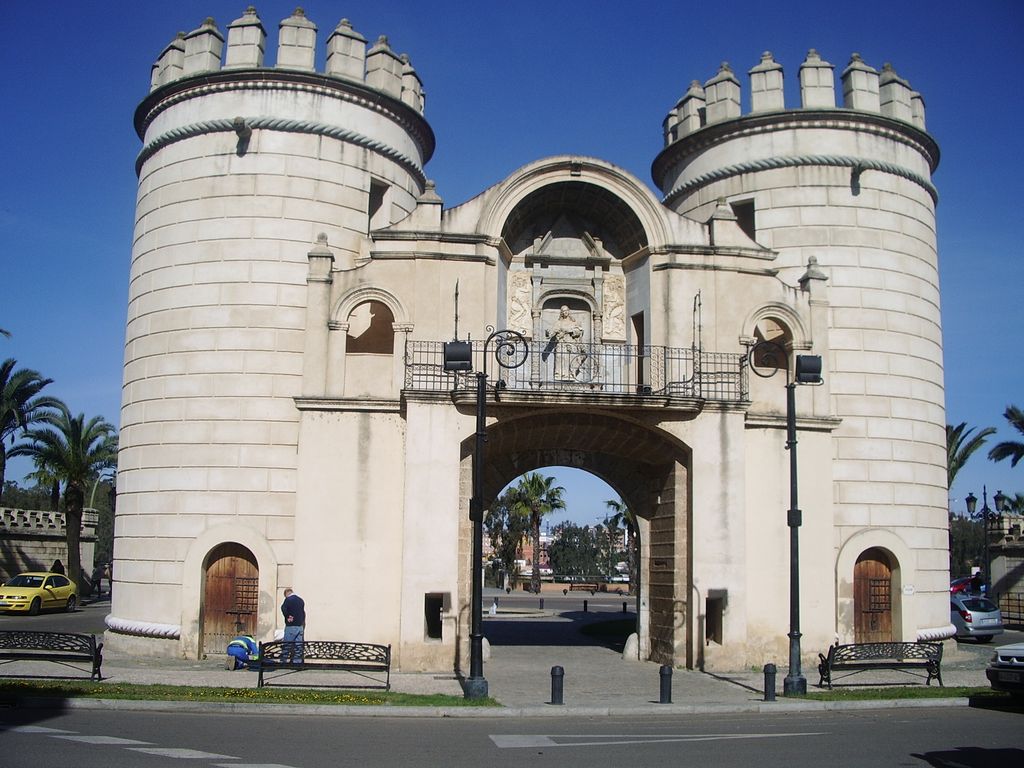Badajoz
The existence, structure and fortunes and misfortunes throughout history of the biggest city in Extremadura are based upon three geopolitical realities. These are: the Guadiana River, whose wide cannel separates the city in two; the Cerro de la Muela or Cabezo del Monturio, a hill upon which the Arabic castle sits; and Portugal, an inescapable reference for the existence of Badajoz and the determining of its most genuine signs of identity. The very Portugal with whom permeability and exchange, in all aspects, have been extremely active over centuries.

A stronghold of vital strategic value in the balance of the peninsular due to its bordering with Portugal, where the military assumed the leading role, in the past, Badajoz was also, for its number of foundations, a religious centre of considerable importance. It was also home to universal individuals such as the painter Luis de Morales, the musician Juan Vázquez, the writer Sánchez de Badajoz, the conquistador Pedro de Alvarado, the musician Cristóbal Oudrid, the governor Manuel Godoy and others.
Since its founding in the 19th century by the muladi Ibn Marwan, Badajoz possessed strong fortifications which were strengthened by successive work; endured waves of war from medieval times up until this very century; and played a major role as the headquarters for many diplomatic events.
Upon such a rich past Badajoz has cemented the extraordinary strength and expansion of recent times, using its own vitality as a driving force which currently makes this capital city stand out in the entire south-western region of the peninsular, in the fields of economy, culture and services, and an important focal point for all the territories included in the wide triangle from Madrid-Seville-Lisbon.
Badajoz is a mixture of Arabic and Christian. Military and religious. A hinge between Spain and Portugal. Historical and modern. Industrial and craftsman-like. Pure and Cosmopolitan. Hospitable and welcoming. Friendly and accepting. Always active and always open to visitors.
Text taken from books by the author: Alberto González Rodríguez
More information: Badajoz Town Hall












